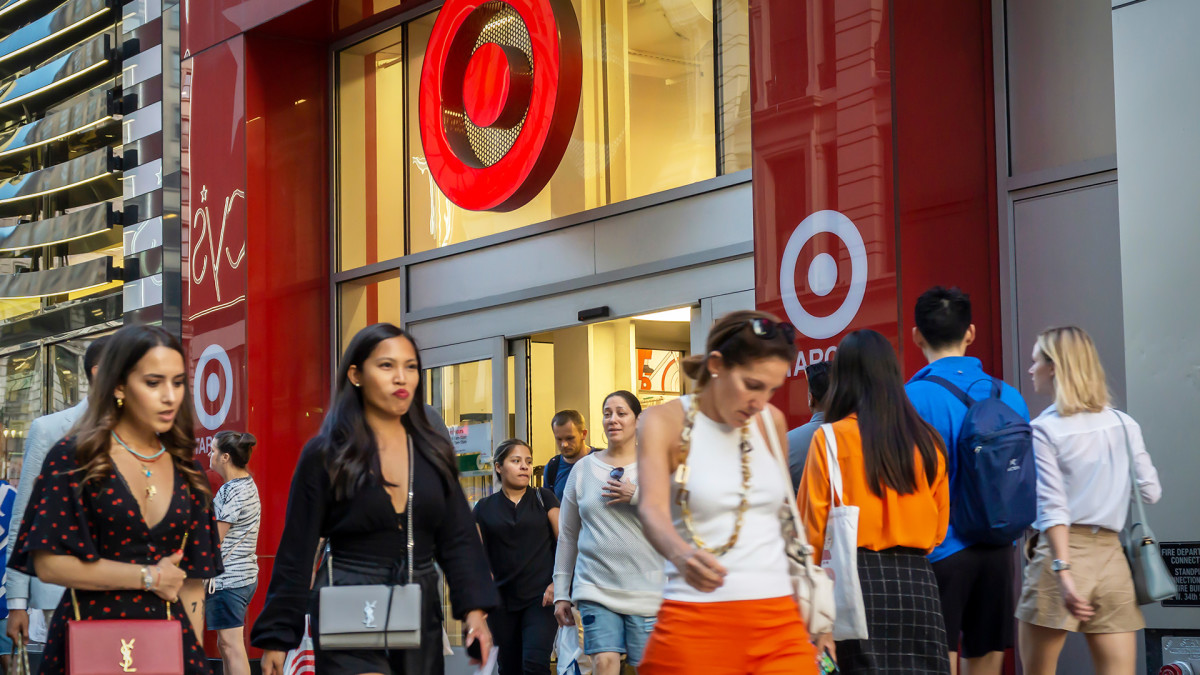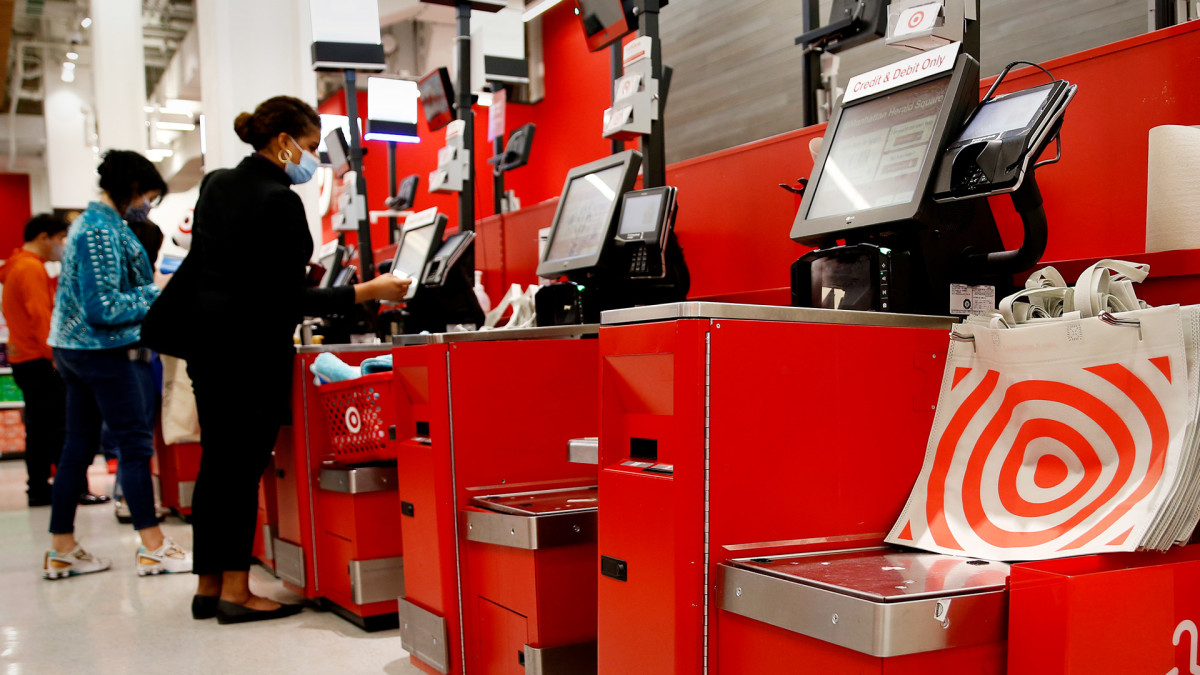
Retailers want to replace people with robots and other forms of automation. That's largely because robots don't cost money, can't push for raises, and generally don't complain.
Sure, there's a slight "Terminator" risk, but robot uprisings very rarely start with the inventory bot or the robot mop that cleans the floors.
The problem with robots and automation is that so far, outside of warehouses and fulfillment centers, they haven't really worked. Walmart (WMT) -), for example, has tried robots that take inventory and automated in-store towers that fulfilled online orders.
Related: CVS and Home Depot follow Walmart with new ways to combat theft
Neither idea worked particularly well, and both were dropped. Aside from robot cleaners, the idea of automating in-store operations hasn't really worked, which has caused Walmart, Target, Kroger, and other grocery chains to focus on the idea of self-checkout.
In a broad sense, self-checkout is the most basic kind of automation. It's not a robot doing the work. Instead, it's a company pushing customers to do something that workers once did.
Yes, there's some technology involved — an increasing amount as retailers look at ways to cut down theft — but for the most part, a self-checkout is a regular checkout configured a little bit differently. Kroger has tested stores that only offer self-checkout, while Walmart and Target have made moves to staff fewer classic checkout aisles and push people toward doing it themselves.
Target, however, has recently made a big change at select locations that some customers will appreciate and that others will be angry about.

Image source: John Smith/VIEWpress.
Target makes a major checkout change
Target, unlike most grocery stores, has generally not offered 10-items-or-less checkout lines. Now, certain locations are testing that idea in its self-checkout lanes.
Some Target stores have adopted the 10-items-or-less policy in the self-checkout lane, according to Parade.com.
That's a controversial change because self-checkout, while polarizing, has its fans. Some customers like not having to interact with another human being. Others find self-checkout faster.
Target is testing the limits to see if it can speed up checkout broadly by pushing larger orders to its human cashiers. That's an idea that has led to customer pushback on social media as many people noted that the retailer often only has "1-2" regular checkout lanes staffed with workers.
Some Target fans have also speculated that the change might be due to theft, something the retailer has complained about a lot recently.
Target has a shrink problem
Target CEO Brian Cornell mentioned shrink multiple times during his remarks during the company's second-quarter earnings call. CFO Michael Fiddelke talked about it as well, sharing a little bit about the company's efforts to fight it.
"As Brian mentioned, we're working hard, both inside our stores and with government and community partners, to achieve lower loss rates over time. And our long-run expectation is that shrink rates will moderate from today's unsustainable levels," he said.
Self-checkout has led to higher levels of both intentional and unintentional theft across retailers that have adopted it.
"But so far, we've only seen indications that loss rates might soon be reaching a plateau but have not yet seen evidence that loss rates will begin to come down. So, the only reason for the expected change in year-over-year comparisons is the cadence of how shrink was recognized by quarter in the back half of last year, a period when loss rates increased rapidly, resulting in higher shrink accruals at year-end," he added.
Target saw its total revenue drop by 4.9% in the most-recent quarter. The company blamed that on slowing sales of big ticket items and the impact of controversies around its Pride merchandise that led to boycotts.
Its stock price has been a laggard for two years, falling 28% so far in 2023 on top of a 35% decline in 2022.







